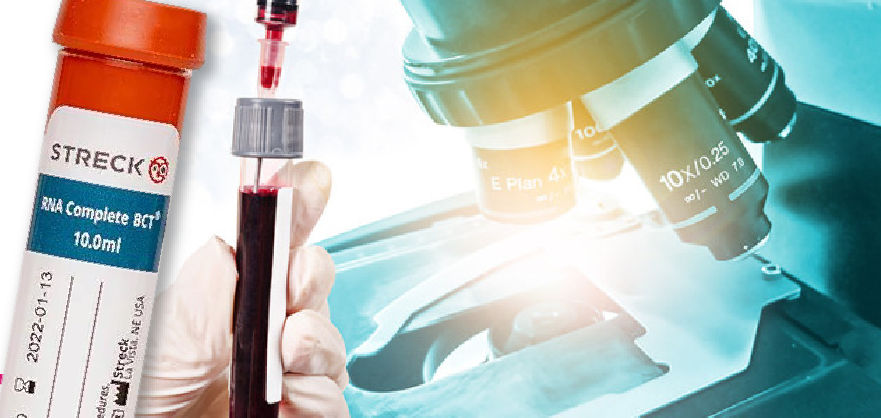Pancreatobiliary cancer is detected by fluorescence in situ hybridization (FISH) of pancreatobiliary brush samples with UroVysion probes, originally designed to detect bladder cancer. A group of researchers (Barr Fritcher, E.G. 2015) tested a set of FISH probes on tumor tissues (cholangiocarcinoma or pancreatic carcinoma) and non-tumor tissues from 29 patients. The combination of FISH probes 1q21, 7p12, 8q24, and 9p21 identified cancer cells with 93% sensitivity and 100% specificity in pancreatobiliary tissue samples and were therefore included in the pancreatobiliary probe set. In the validation cohort of brush samples, pancreatobiliary FISH identified samples from patients with malignancy with a significantly higher level of sensitivity (64.7%) than the UroVysion probes (45.9%) (P<.001) or routine cytology analysis (18.8%) (P<.001), but similar specificity (92.9%, 90.8%, and 100.0% respectively).
This new set of FISH probes (1q21, 7p12, 8q24, and 9p21) detects cancer cells in pancreatobiliary brush samples with higher levels of sensitivity than UroVysion probes.


